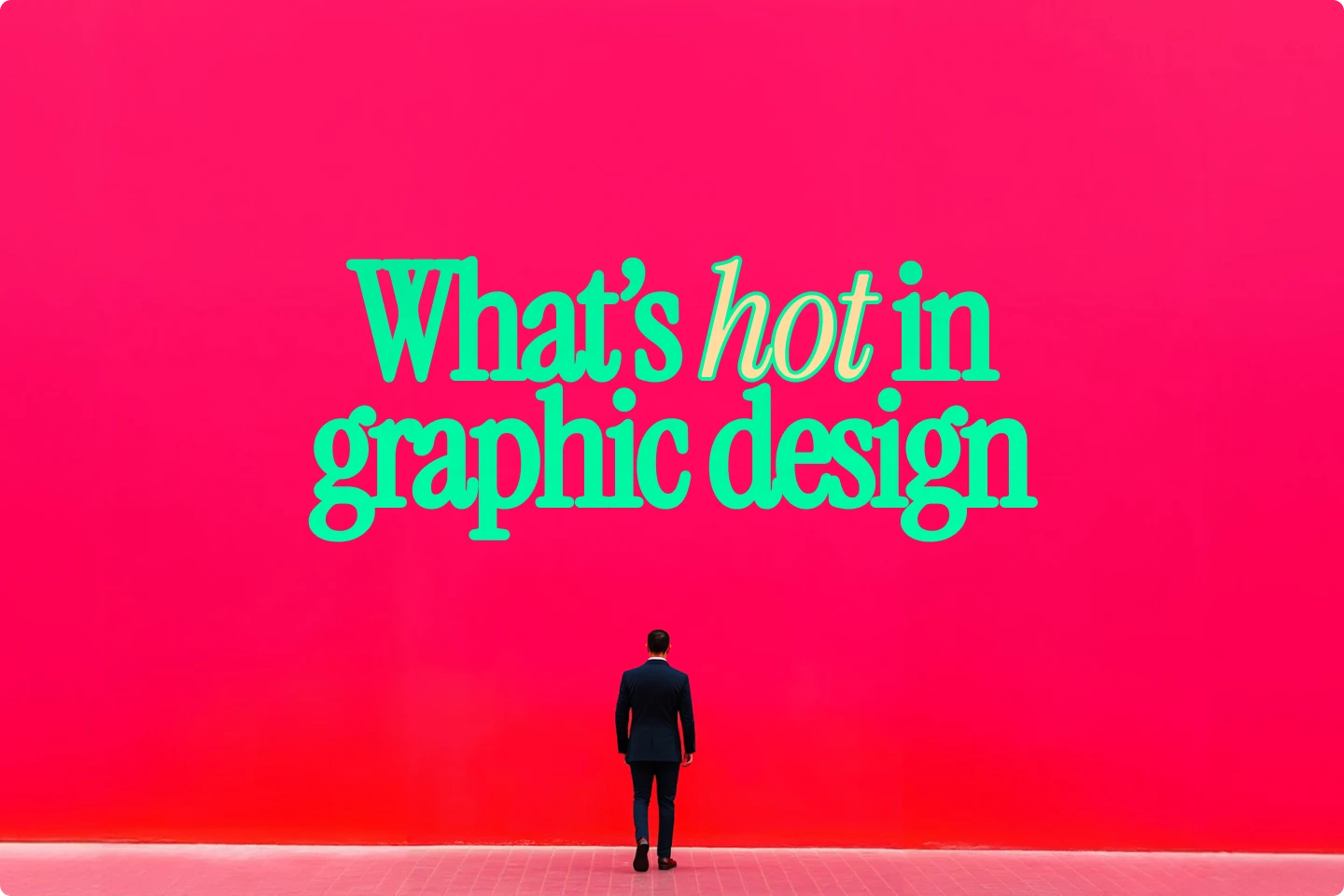Y2K aesthetic: nostalgia, fashion, and the future


The Y2K aesthetic is on the rise and becoming one of the most popular trends in fashion and design. We explored how it became popular, and why it's making a come back.
If you’re an 80s baby or 90s kid like myself, you probably remember what the world felt like as we rolled into Y2K. Everything was shiny, futuristic, and buzzing with excitement about what the new millennium would bring. For the younger readers, Gen Z and Gen Alpha, this abbreviation literally means “year 2000.” But when people talk about Y2K aesthetics, they mean a whole lot more than just a date.
It all centers around late 90s and early 2000s, and this was a moment when technology, fashion, design, and culture collided in a way that felt brand new. The vibe was loud, bold, and experimental. And while the early 2010s had us mocking some of those style choices, the 2020s are giving this aesthetic a second life.
Let’s take a deeper look at what made Y2K looks so iconic, where it came from, why it faded, and why it’s suddenly everywhere again.
What is a Y2K aesthetic?
To put it simply, the Y2K aesthetic or 2000s aesthetic is the visual and cultural style that defined the years just before and after the year 2000. Most people place it somewhere between 1997 and 2003, though you could stretch it a little depending on the source. It was driven by a fascination with the future, digital technology, and the sense that the world was on the edge of a major transformation.
It showed up in nearly every part of daily life. Y2K fashion meant shiny fabrics, futuristic cuts, platform sneakers, and colorful accessories. In design, it was all about smooth curves, chrome finishes, translucent plastics, and a kind of surreal, computer-generated glossiness. If it looked like it belonged in a Britney Spears video or on a spaceship, it was probably Y2K.
But the Y2K aesthetic wasn’t just about looking futuristic. It was rooted in the cultural optimism of the time.
The cultural backdrop of Y2K
To really understand Y2K aesthetics, you have to understand the world that shaped them. The Cold War was over, economies were strong, pop culture was thriving, and unemployment was low. People had disposable income, and they were spending it on new tech, home entertainment systems, and fashion.
The dot-com boom made it feel like anything was possible. Everyone wanted to be part of the digital revolution. Suddenly, you could surf the web, send emails, and chat with people across the world. And you didn’t even have to leave your room to do it.
For the first time, people could be truly connected all the time. And that desire for connection, combined with all the new gadgets and platforms, gave birth to an aesthetic that reflected that feeling. It was playful, experimental, and full of energy.
Tech-driven design trends
So much of the Y2K aesthetic was shaped by the tech of the time. One of the most influential design moments came in 1998, when Apple released the iMac G3. It came in bright translucent colors, and it looked nothing like the boring beige computers that came before it. This single product changed the look of technology, and by extension, influenced the design of everything from phones to furniture.
The popularity of compact discs also played a role. CDs had a sleek, shiny surface that felt futuristic. They became a kind of visual icon, with their holographic shine and perfect roundness. Even the packaging and promotional materials used similar design languages—metallic gradients, digital fonts, and clean lines.
Software development and the rise of CGI also pushed things forward. Designers and artists were suddenly working with 3D modeling tools, and the results showed up in everything from album covers to movie posters to product prototypes.
The signature look of Y2K fashion
Y2K fashion is one of the most instantly recognizable parts of the aesthetic. It was a mix of high-glam pop star energy, futuristic sportswear, and tech-inspired maximalism. You saw it everywhere, from the red carpet to the high street.
For women, this meant metallic crop tops, flared pants, platform sandals, butterfly clips, and teeny-tiny sunglasses. Men wore shiny track suits, cargo pants with way too many pockets, zip-up shirts, and colorful tinted shades. If Neo from The Matrix or Cher from Clueless come to mind, you’re spot on.
The fabrics were a big part of the look too. PVC, nylon, mesh, and other synthetic materials gave clothes that plasticky, out-of-this-world vibe. In high fashion, designers played with clean lines and exaggerated silhouettes, giving off a more refined but still futuristic impression. Whether you were shopping at the mall or flipping through Vogue, Y2K fashion was impossible to miss.
Music videos as aesthetic playgrounds
One of the best places to see Y2K aesthetics in action was music videos. Directors like Hype Williams turned music videos into visual experiments. They used CGI, chrome sets, and otherworldly color palettes to create immersive worlds that matched the energy of the music.
Christina Aguilera helped define the Y2K fashion trends of the era with her bold, futuristic style. Her videos featured everything from chrome backdrops to standout looks like mini-skirts, baby tees, and metallic chaps. Whether in Dirrty or Come On Over, she turned every frame into a Y2K mood board, blending pop stardom with cutting-edge digital aesthetics.
Why Y2K disappeared
Of course, no trend lasts forever. By the mid-2000s, the Y2K aesthetic started to fade. A few big things contributed to this.
First, the tech world changed quickly. Minimalism started to take over. Apple launched the iPod and the iPhone, which had a sleek, clean, less playful look. Suddenly, the bright colors and translucent plastics of the late 90s felt outdated.
Second, the mood of the world shifted. The dot-com bubble burst, and the economy took a hit. Then the events of 9/11 added a layer of anxiety and seriousness to global culture. People weren’t in the mood for playful cyber-utopias anymore.
And finally, there were environmental concerns. Many of the materials used in Y2K fashion and design—plastics, synthetics, fast-produced gadgets—were seen as unsustainable. As awareness of climate issues grew, the aesthetic started to feel out of touch.
The unexpected comeback
Fast forward to the 2020s, and Y2K aesthetics are everywhere again. Fashion is recycling trends from the past, and this one has found a new generation of fans.
Part of it is nostalgia. For Millennials, the year 2000 represents a simpler time. It reminds them of childhood, of pre-social media internet, 2000s fashion choices, and of hope and novelty. But for Gen Z and Gen Alpha, this era is something completely new. It’s bold, expressive, and very different from the quiet minimalism of the last decade.
The timing also makes sense. We’re once again living in a world shaped by rapid technological change. Virtual reality, AI, and the metaverse are changing how we think about identity and space. In that context, the shiny, digital-inspired Y2K aesthetic doesn’t feel old—it feels current.
Brands, influencers, and designers are all jumping on board. Runways are filled with holographic fabrics and throwback silhouettes. Social media is full of people recreating Y2K makeup tutorials. Even digital design is pulling from the past, with retro-futuristic web graphics and chunky user interfaces popping up again.
A cultural reset
More than just a style, Y2K aesthetics are becoming a way to reimagine the future. Not the bleak, dystopian one we’ve been fed for the last decade, but a fun, optimistic, weird, and colorful version instead.
In some ways, it’s a reaction to the seriousness of the world. After years of beige color palettes and understated everything, people are ready for something a little more chaotic. Y2K combined with the new age of AI, offers a return to experimentation and imagination. It invites people to play again—with fashion, design, and identity.
And maybe that’s why it’s resonating so strongly today. It reminds us that the future doesn’t have to be scary or minimalist. It can be wild, shiny, and a little ridiculous in the best possible way.
Generate your own images with a Y2K aesthetic
With the Lummi image generator and the right prompts, you can create your own images with Y2K style and aesthetics. These prompts are perfect for recreating nostalgic Y2K fashion shoots, playful beauty editorials, and retro tech moments with a modern twist. Just copy them, paste them in the Lummi generator bar, and get ready for images that take you back to the year 2000.
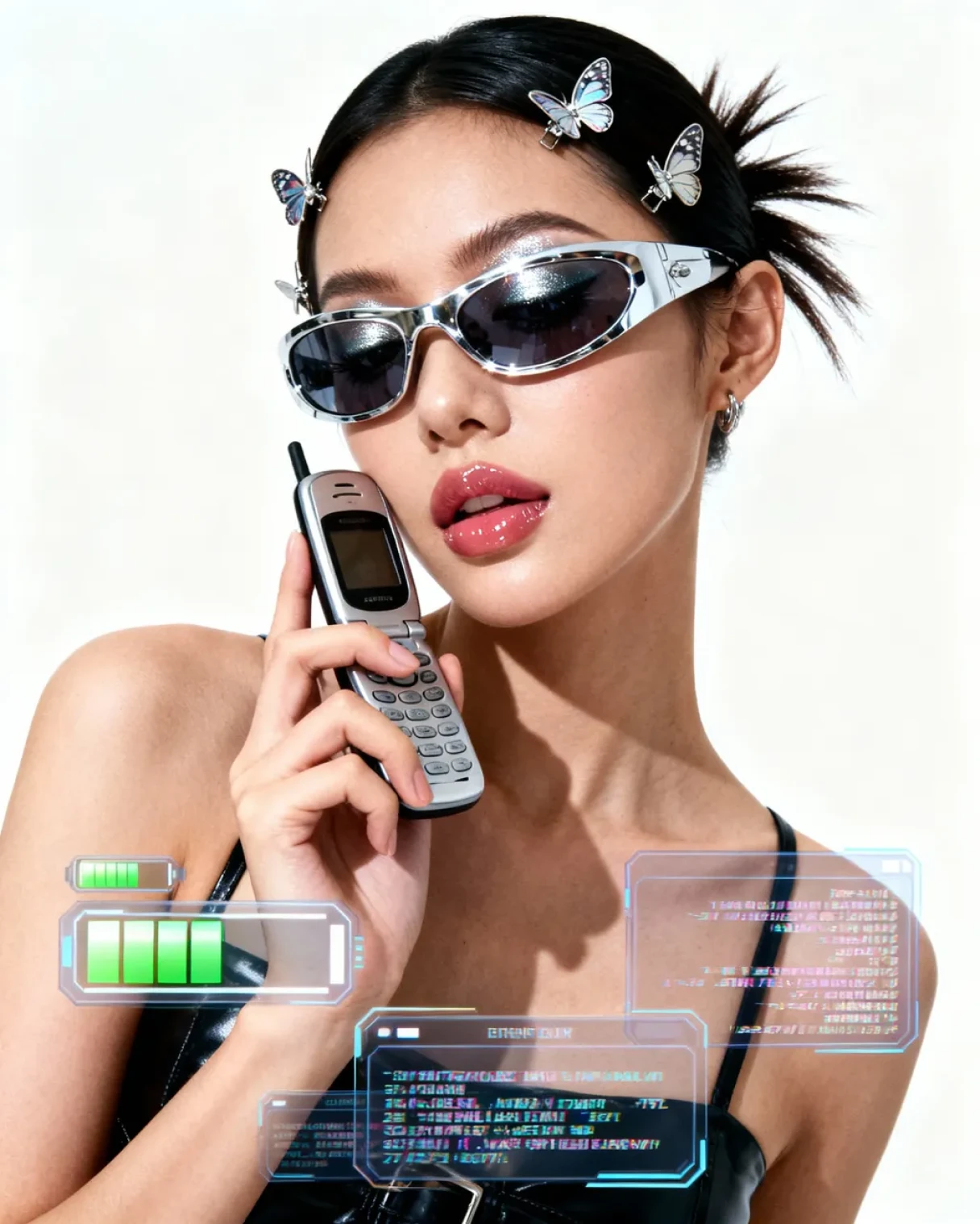
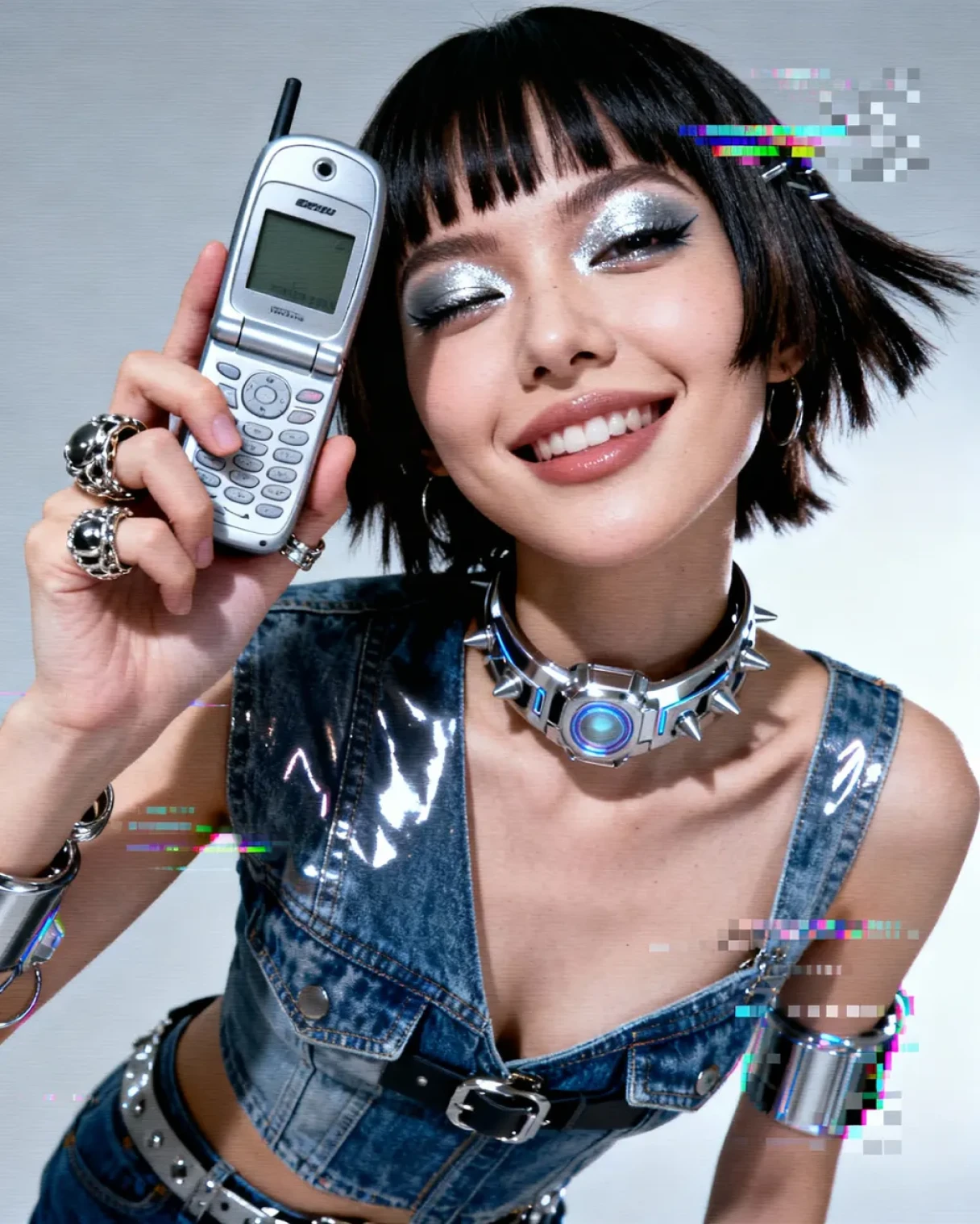
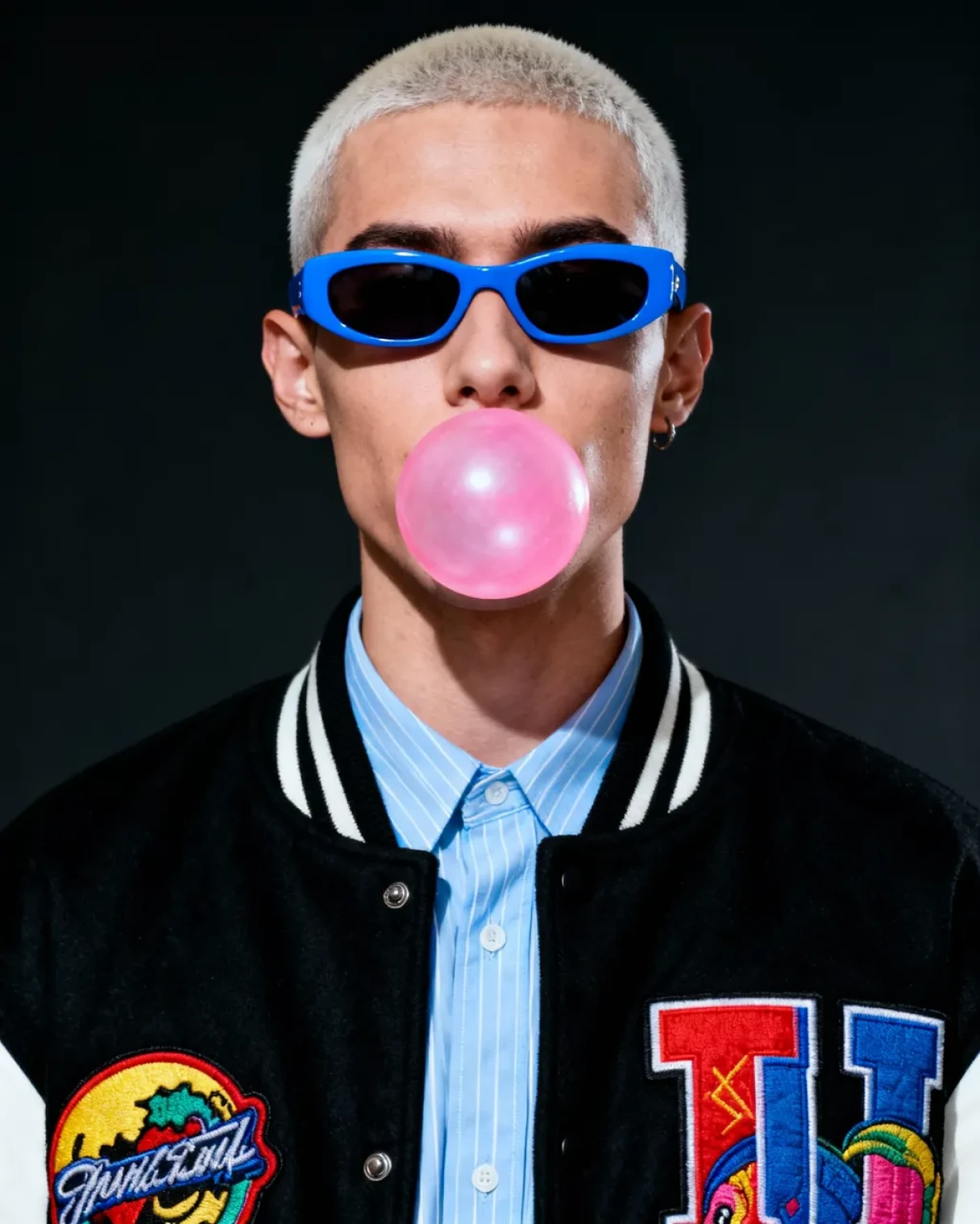
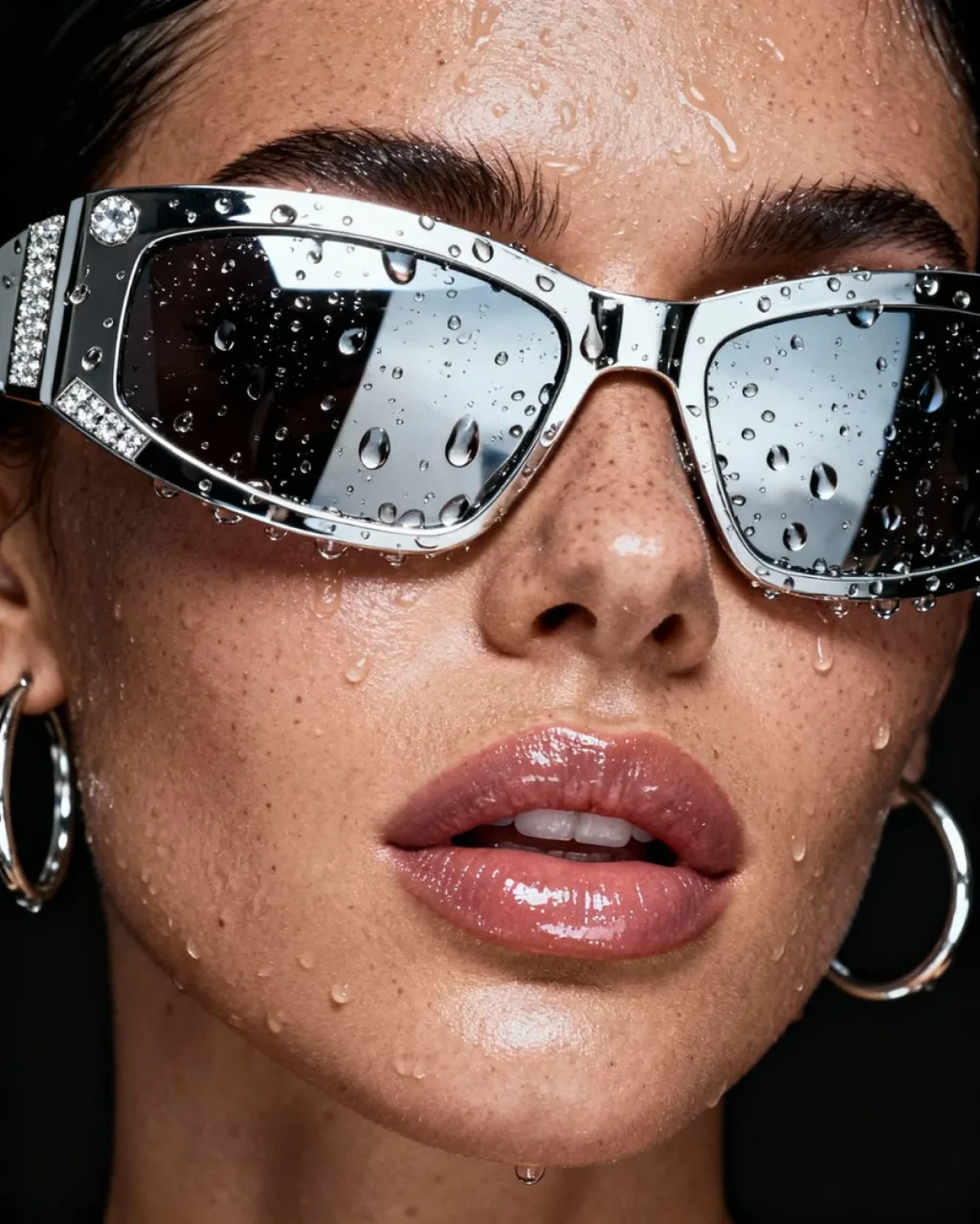
Y2K aesthetics are here to stay
The return of Y2K aesthetics is a chance to revisit a moment when the world felt full of possibilities, and everything from your outfit to your desktop background reflected that excitement.
Whether it’s the return of Y2K fashion in glossy magazine spreads, or the resurgence of retro tech designs on TikTok, the aesthetic is having a full-circle moment. And it’s not just about nostalgia. It’s about reclaiming a vision of the future that felt playful, hopeful, and full of wonder.
So maybe that’s the real magic of the Y2K aesthetic. It reminds us that sometimes, the future we imagined still has something to teach us. With 2026 graphic design trends starting to take hold, it's a good time to start listening.
Want more design inspiration? Check out the best design blogs in 2025.
6 packaging design trends you’ll see in 2025




.webp)
